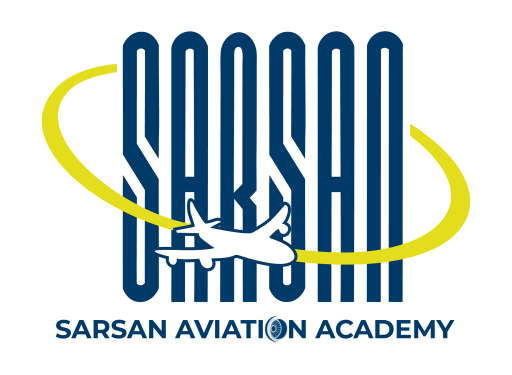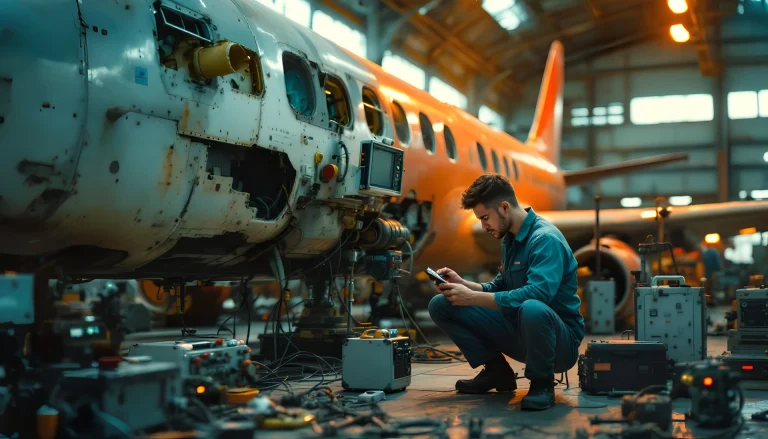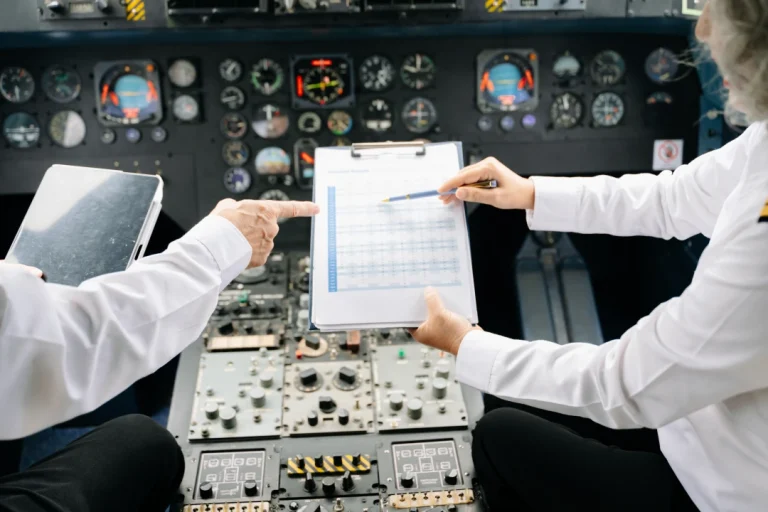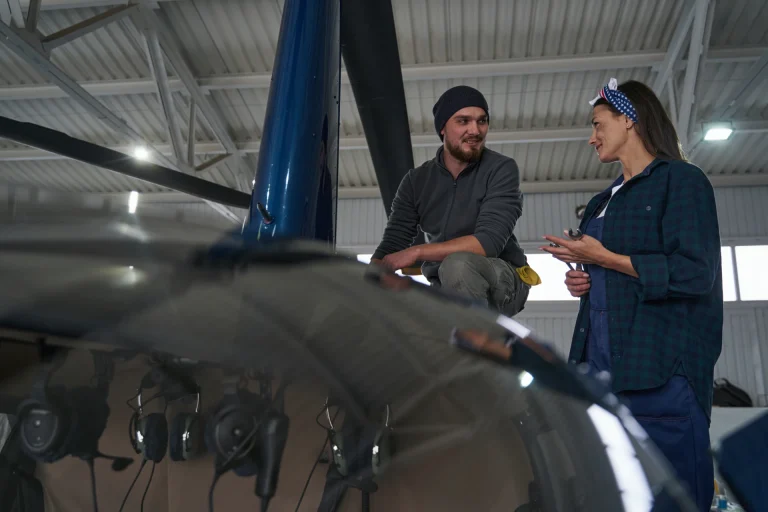A recent open poll revealed a compelling trend in aviation education: ‘Hands-On Practical Training’ is the front-runner for 69% of respondents, showcasing a universal shift towards experiential learning in the industry. This widespread preference echoes a global recognition of the value that real-world practice brings to aviation training.
The inclination toward hands-on training is indicative of an industry-wide consensus that practical experience is indispensable. It bridges the gap between theory and practice, equipping students with the essential skills to excel in the fast-paced aviation sector. While academic knowledge forms the foundation, it is the hands-on application that truly shapes a competent aviation technician.
This trend is not exclusive to any single academy or location; it reflects a broader shift in educational priorities within the aviation community. Students and professionals alike understand that the complexities of modern aircraft and the precision required in their maintenance can only be fully grasped through direct, practical engagement.
The significance of this preference is clear: the aviation industry values practitioners who can apply their knowledge effectively. As the sector evolves, so does the need for education that emphasizes skills that are directly transferable to the hangar and beyond.
For educators and training academies, this feedback is instrumental in designing curricula that meet these expectations. It’s a call to action to prioritize hands-on opportunities that can give students not just the knowledge, but the confidence to navigate the aviation industry’s challenging and rewarding landscape.










